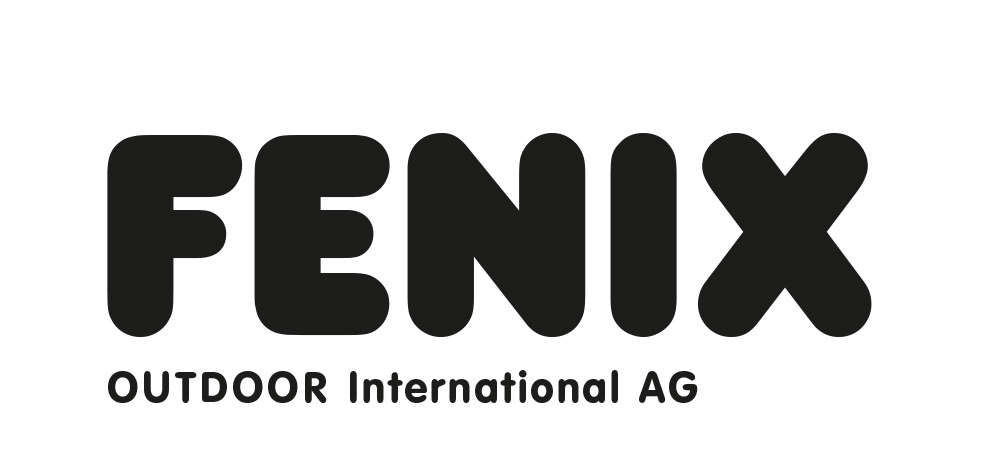Pelicans ground themselves and go carbon neutral

LAHTI, Finland –– Some fans probably rubbed their eyes when they came to a Lahti Pelicans game in January and saw that some of their favourite players had special numbers on their sweaters.
Top scorer Ryan Lasch’s usual “19” had become 2019 and goaltender Jasper Patrikainen’s “70” had a “%” after it.
Both symbolized the Pelicans and their hometown Lahti’s environmental goals. Lahti s the European Green Capital 2021 and in line with that, the Pelicans aim to become the world’s first carbon-neutral hockey team by the end of 2021.
Lasch’s 2019 is a reference to when Lahti stopped using coal, while 70 percent on Patrikainen’s sweater refers to the decrease in gashouse emissions since 1990. Other numbers were, for example, “8%” and “650 GWh.”
“We partnered with the City of Lahti in 2019 when they put in their bid to become the Green Capital. The city’s goal is to be carbon-neutral by 2025; we aim to hit that target by the end of 2021,” says Lauri Pöyhönen, Pelicans CEO.
The organization’s process began with a University of Lappeenranta assessment of their carbon footprint. It showed that the Pelicans’ footprint was about 50 times the size of an average Finn, and that the biggest factors behind it were the fans’ transportation to the rink, the arena’s electricity, and the players’ and team staff’s transportation to games and practices.
The last one easily taken care of with a partner that made it possible for the players to switch to cars that run on biogas. The team bus – because they won’t fly to away games – runs on bio diesel.
The arena company had already taken the decision to stop using coal, which lowered its carbon dioxide emissions from 700 tonnes to 200 tonnes. A switch to renewable energy sources will drop them further, to 50 tonnes.
”Our biggest challenge is to change the behaviour of the fans who mostly drive to the rink,” says Pöyhönen. “We’ve worked with the city so that some of the bus schedules work better with the games.”
Educating the fans is one of the benefits the city hopes to get out of Pelicans going green. Fans can expect other changes, too.
“The ticket is our biggest paper product and that’s almost gone. I don’t think paper will be used the same way in five years,” he says.
The concession stands still accept cash, but the trend is going towards other forms of payment, such as no-contact debit cards and apps. Fans will still be able to enjoy classic Finnish sausages, but other, plant-based options will be added to the menu.
“And food will be locally produced,” he adds. “These are important values for both the organization and the fans. We know we won’t save the world by ourselves, but we want to set an example and show everybody that it is possible to become carbon-neutral.”
What the Pelicans are doing is not a project, but a process that will change the way the team operates.
“It’s been an eye-opening process for us and we’ve identified things that we haven’t been doing in the best possible way. And, while we want to be environmentally friendly, we do acknowledge the fact that this also gives us the opportunity to become more efficient and find savings in our operations,” Pöyhönen says.
And once one team makes a change, others will observe, and the follow.
IFK Helsinki announced in June that they, too, will measure their carbon footprint, and Liiga already has put together an environmental program.
Will the Pelicans be carbon-neutral by the end of 2021? Having no fans in the stands due to the pandemic certainly – and unfortunately – helps, but Pöyhönen is confident the team has turned a page completely. If nothing else helps, the organization will offset the remaining emissions using the Helsinki-based nonprofit Compensate.
And then, the process continues.
“You can go even further than carbon-neutral. We can also help others to get there and even become carbon-negative via emissions trading,” Pöyhönen says.
Photo: Tomi Natri









